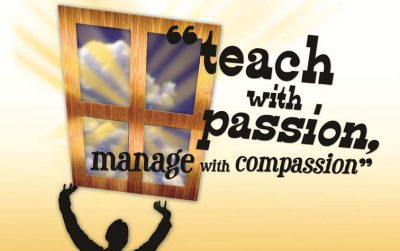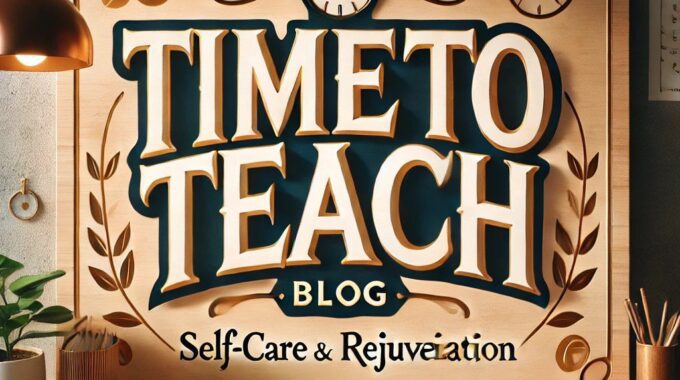As we turn the corner into spring, it’s the perfect time to refresh our teaching…
Teaching Gratitude in the Elementary Classroom: 4 Fun and Easy Activities
Gratitude isn’t just for adults—teaching elementary students to recognize and express appreciation can help create a happy, connected classroom. Studies show that gratitude practice can improve emotional well-being, empathy, and social skills in kids, setting them up for a lifetime of positive relationships. Here are some simple, age-appropriate ways to build gratitude into your classroom routine.
1. Thankful Tree
A Thankful Tree is a beautiful, visual way to help young students practice gratitude. As the tree fills up, students can see how much there is to be thankful for in their classroom and lives. Plus, this activity gets kids moving and thinking creatively, which keeps them engaged.
How to do this:
- Cut out a large tree shape from paper or cardboard and put it up on a bulletin board or wall.
- Provide paper leaves where students can write or draw something they’re thankful for, like “my friend” or “recess time.”
- Each week, add a new “leaf of thanks” to the tree, watching it grow as students add more and more positive thoughts.
2. Gratitude Jar
The Gratitude Jar is a simple way to start or end the day with a focus on appreciation. It gives students a chance to reflect on what made them happy or what they’re thankful for in a way that feels like a fun, shared classroom ritual. Research shows that when students practice gratitude regularly, they’re more likely to notice the positives in their day-to-day lives.
How to do this:
- Place a jar on your desk labeled “Gratitude Jar” and give students small slips of paper.
- Encourage students to write or draw something they’re thankful for and drop it in the jar.
- At the end of each week, take a few minutes to read out the slips, giving everyone a chance to celebrate what they appreciate as a class.
3. “Thank You” Card Station
Elementary students love arts and crafts, so why not channel that creativity into gratitude? A “Thank You” card station lets them express appreciation for classmates, teachers, or family members. This simple act of making and giving a card helps students understand that saying “thank you” can bring joy to others.
How to do this:
- Set up a station with blank cards, markers, crayons, and stickers. Let students know that they can make cards for anyone they’d like to thank.
- Encourage them to get specific about why they’re thankful. For example, “Thank you for sharing your markers with me” or “Thank you for making me laugh.”
- Have a “gratitude day” each month where students exchange or deliver their cards, allowing them to practice giving and receiving thanks.
4. Daily “Gratitude Moment”
Adding a quick “gratitude moment” to your morning or afternoon routine can help young students develop the habit of appreciating the good things around them. This practice has been shown to improve focus and behavior, as kids are often calmer and more positive when they start with a moment of gratitude.
How to do this:
- Each morning, gather students in a circle or at their desks and ask them to share one thing they’re grateful for.
- You might prompt them with a theme, like “Something outside I’m thankful for” or “A friend who helps me feel happy.”
- Make it optional to share, so students feel comfortable. Often, listening to their classmates will inspire even the quieter kids to join in over time.

